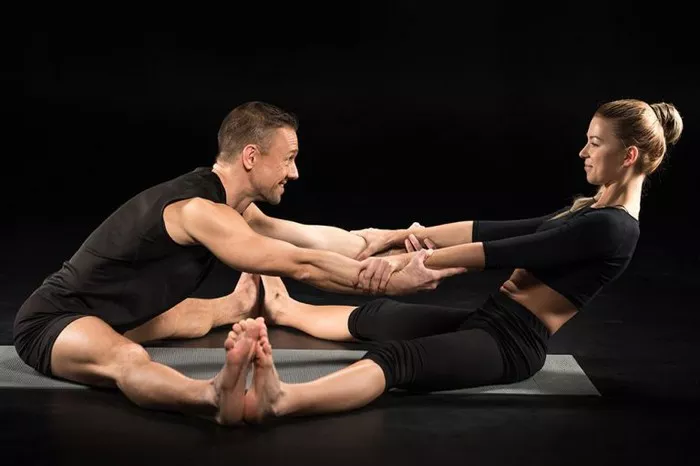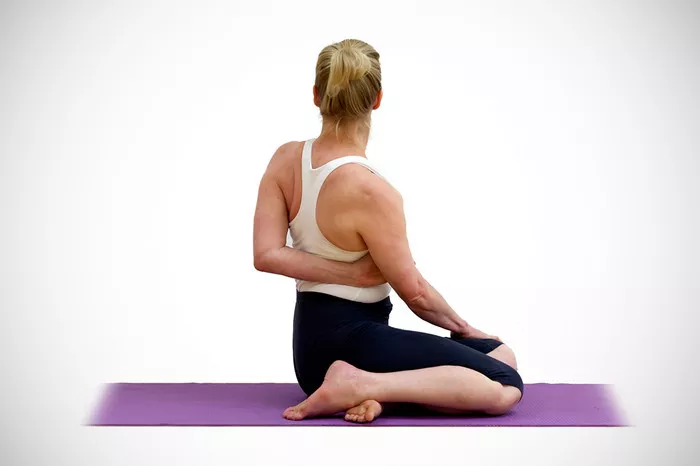Kundalini yoga, an ancient and powerful practice aimed at awakening the dormant spiritual energy within each of us, has gained significant popularity in recent years. While it offers numerous benefits, including increased self-awareness, enhanced spiritual connection, and deep physical and mental health benefits, it is also a practice that demands caution. For those unprepared or improperly guided, Kundalini yoga can pose risks, leading to potentially harmful physical and psychological effects. This article explores why Kundalini yoga can be dangerous, focusing on its potential risks, misconceptions, and the importance of proper guidance and preparation.
Understanding Kundalini Yoga
Before diving into the dangers of Kundalini yoga, it is essential to have a basic understanding of what it is and how it works. Kundalini yoga is a form of yoga that focuses on awakening the latent energy, known as “Kundalini,” that lies dormant at the base of the spine. This energy is thought to be coiled like a serpent and can be awakened through specific practices, including breathing exercises (pranayama), physical postures (asanas), chanting (mantras), and meditation.
The aim of Kundalini yoga is to raise this energy through the chakras, or energy centers, of the body, ultimately achieving spiritual enlightenment and a higher state of consciousness. The practice is often seen as a path to self-realization, inner peace, and deep connection with the universe.
The Potential Dangers of Kundalini Yoga
While the practice of Kundalini yoga can be transformative and highly beneficial for many practitioners, it is not without its risks. The energy that is awakened during a Kundalini session can be intense, leading to profound changes in both the body and the mind. For those who are not adequately prepared, these changes can sometimes be overwhelming or even harmful. The following are some of the most significant dangers associated with Kundalini yoga:
1. Physical Overload and Injury
Kundalini yoga is intense, both physically and mentally. The rapid shifts in energy that accompany certain practices, particularly those that involve breath control and postural alignment, can result in physical stress. The body can react to the sudden surge of energy in ways that are not always predictable, leading to injuries. Common physical dangers include:
Strain or injury to muscles and joints: Intense postures, especially when performed for extended periods or with improper alignment, can cause muscle strains or joint injuries.
Hyperventilation and dizziness: Kundalini practices often involve rapid breathing techniques that can lead to hyperventilation, causing dizziness, lightheadedness, or even fainting in some practitioners.
Increased heart rate: Sudden shifts in energy can result in a rapid heartbeat, which might cause discomfort or even trigger underlying cardiovascular issues, particularly in individuals with pre-existing conditions.
The body’s reaction to energy shifting through the chakras can lead to unanticipated physical symptoms, some of which can be alarming if not properly managed.
2. Emotional Turmoil and Psychological Stress
One of the more profound dangers of Kundalini yoga is the psychological effects that can arise during and after an intense practice. As Kundalini energy rises through the chakras, it can bring deeply buried emotions, memories, and unresolved psychological issues to the surface. For some practitioners, this can result in:
Emotional instability: A sudden release of pent-up emotions can manifest as uncontrollable crying, anger, or anxiety, especially if the individual is not emotionally prepared to handle it.
Psychological distress: Some practitioners may experience a sense of confusion, fear, or disorientation as the energy shifts within them. In extreme cases, this may trigger feelings of loss of control or detachment from reality, leading to panic or anxiety attacks.
Hallucinations or delusions: In rare cases, the intense focus and mental concentration required in Kundalini yoga can cause individuals to experience altered states of consciousness. While some of these experiences can be positive, others may lead to confusion or even psychotic symptoms if not properly guided.
Many people approach Kundalini yoga in search of spiritual enlightenment, but the path is not always smooth. For individuals with a history of mental health issues, such as depression, anxiety, or psychosis, the practice may exacerbate these conditions or bring latent issues to the surface in unpredictable ways.
3. Spiritual Crisis
Kundalini awakening is often referred to as a “spiritual awakening.” While it can lead to profound insights and personal growth, it can also be destabilizing if not properly managed. A person may experience a shift in their worldview, which could lead to confusion or spiritual crisis. Symptoms may include:
Existential confusion: As the person experiences a heightened sense of awareness and interconnectedness with the universe, they may struggle with feelings of disorientation or a loss of meaning in their daily life.
Sense of detachment from reality: A person might begin to feel detached from their body or the world around them, sometimes even leading to a sense of spiritual isolation or alienation from others.
A loss of identity: As the practice delves deeper into the spiritual aspects of self-realization, some individuals may experience a crisis of identity, feeling disconnected from their past self or uncertain of their purpose in life.
In some cases, the intense energy and mental shifts caused by the practice can lead individuals to become obsessed with their spiritual experiences, neglecting other important aspects of their lives.
4. Physical Symptoms of an Overactive Kundalini Energy
When Kundalini energy is awakened too rapidly or without proper guidance, it can overwhelm the practitioner’s physical and energetic systems. This may result in various physical symptoms, such as:
Tingling, heat, or pressure in the body: As the energy moves through the chakras, practitioners may feel sensations of heat, tingling, or pressure in different parts of their bodies, particularly the head and spine.
Uncontrolled movements or spasms: Some people experience involuntary body movements, such as jerking or shaking, which can be alarming if the person is unprepared.
Sleep disturbances: A sudden surge of energy in the body may interfere with sleep, leading to insomnia or vivid dreams.
Headaches or migraines: The intense focus and energy shifts that occur during Kundalini practices can cause headaches or migraines, especially if a person is not properly hydrated or aligned.
These symptoms can be both uncomfortable and distressing, particularly for those who are not familiar with the physical effects of the practice.
5. The Risk of Cultic Behavior and Misuse of Power
One of the less frequently discussed but still important dangers of Kundalini yoga is the potential for cult-like behavior or misuse of spiritual power. As with many spiritual practices, there is a risk of individuals becoming overly attached to their teacher or the teachings themselves. In extreme cases, this attachment can lead to:
Unquestioning obedience to the teacher: Some individuals may become overly dependent on the guidance of their instructor, following their advice blindly without critical thinking.
Manipulation or abuse: In rare cases, teachers may exploit their power, either consciously or unconsciously, leading to manipulation, emotional abuse, or even sexual misconduct.
Isolation from the outside world: The intense focus on spiritual practice can sometimes lead individuals to isolate themselves from their families, friends, and communities, leading to unhealthy social withdrawal.
These risks are not inherent to Kundalini yoga itself but can arise if the practice is taken to an extreme or is misused by individuals or groups who fail to maintain ethical and balanced approaches.
Why Proper Guidance Is Essential
The risks outlined above highlight the importance of proper guidance and preparation when practicing Kundalini yoga. Like any form of yoga, Kundalini yoga is best practiced under the supervision of an experienced and knowledgeable teacher. A qualified teacher can help ensure that practitioners are physically prepared, mentally stable, and spiritually grounded before engaging in this intense practice.
A skilled instructor will:
Provide clear instructions and support: A good teacher will ensure that students are practicing with proper alignment and mindfulness to reduce the risk of injury.
Monitor emotional and psychological well-being: An experienced teacher will be attuned to the emotional and psychological shifts that may arise and can provide support or refer students to appropriate mental health professionals if needed.
Create a safe and supportive environment: Kundalini yoga should be practiced in a space where students feel safe, comfortable, and supported by the teacher and fellow practitioners.
Conclusion
Kundalini yoga can be a powerful and transformative practice, offering deep insights and significant personal growth. However, as with any spiritual or physical practice, it comes with risks. From physical injuries and emotional turmoil to spiritual crises and psychological distress, the dangers of Kundalini yoga are not to be taken lightly.
For those who are drawn to this practice, it is essential to approach it with caution, respect, and preparation. Proper guidance from a qualified teacher is crucial to ensure that the energy awakened through Kundalini yoga is harnessed in a safe and balanced way. By doing so, practitioners can avoid the dangers of Kundalini yoga and reap its full benefits, achieving a deeper sense of self-awareness, spiritual connection, and inner peace.
Related Topics:


























